Thessaloniki gets ready for its metro launch in November
The underground rapid transit lines have been under construction for almost two decades due to various project delays
 TheMayor.EU logo
TheMayor.EU logo 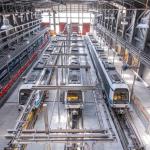
The underground rapid transit lines have been under construction for almost two decades due to various project delays
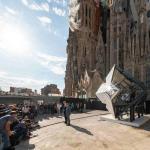
The cross pinnacle on the Tower of Jesus Christ will be ready to receive visitors in 2026 on the centennial of Gaudi’s death

Now you can get your wine in Talence by paying directly in Bitcoin

That’s because the state has to spend money on updating the railway infrastructure rather than subsidizing the cost of the popular pass

Steffen Romstöck said that he would respect the residents’ choice and would take over the helm of the municipality, even if he didn’t run
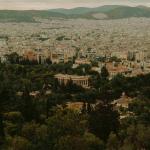
The measure, which will come into force from 1 January 2025, will be partial and temporary…for now
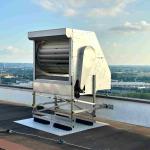
Rethinking renewable energy sources for the urban landscape

But operating them is still illegal under the country’s legislation

The examples, compiled by Beyond Fossil Fuels, can inform and inspire communities and entrepreneurs that still feel trepidation at the prospect of energy transition

Now you can get your wine in Talence by paying directly in Bitcoin

Rethinking renewable energy sources for the urban landscape

The examples, compiled by Beyond Fossil Fuels, can inform and inspire communities and entrepreneurs that still feel trepidation at the prospect of energy transition

The underground rapid transit lines have been under construction for almost two decades due to various project delays
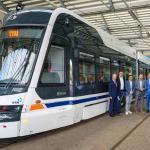
Plus, it has a unique modular design that allows it to be shortened and lengthened like a train
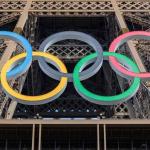
At least, that’s the promise made by the mayor of Paris, Anne Hidalgo
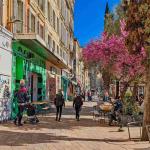
Despite its church-y name, the district has long been known as the hangout spot for the artsy crowds

At least, that’s the promise made by the mayor of Paris, Anne Hidalgo
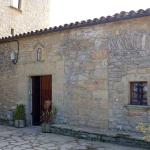
Hostal de Pinós is located in the geographical centre of the autonomous region

On the eve of the new academic year, the ranking considers several distinct but essential factors
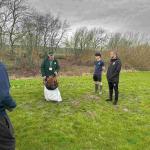
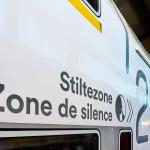
Following a successful trial phase, these quiet areas will now be available on all main routes in the country
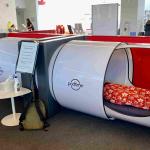
The academic institution shows a deeper understanding of the well-being of its students










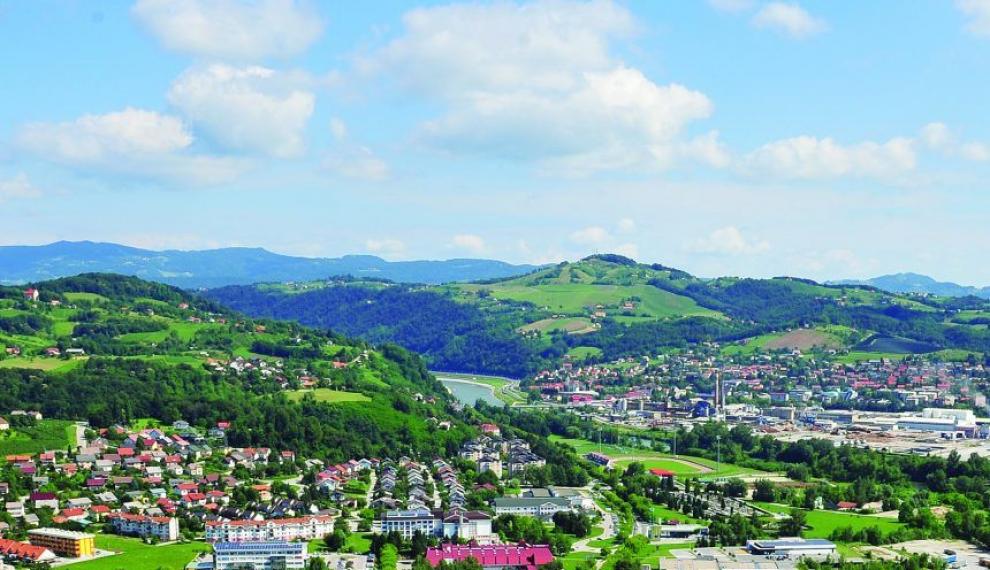
Archaeological finds show that the area was settled since prehistoric times. Along the Sava River, many Bronze and Iron Ages artefacts and numerous Roman evidences show continuous occupation.
After the Medieval period the area was a Habsburg possession. From the 15th to the 17th centuries it was affected by Ottoman raids.
During the Second World War, Krško was a site of a mass grave. Today the Bunker Mass Grave is located on the steep right bank of the Sava River, opposite the municipal headquarters. It preserves the remains of more than 100 Croatian civilians that were murdered and then hidden in a dynamited bunker.
The municipality of Krško is located in the south-eastern part of Slovenia, close to the Slovenian-Croatian border, 100 kilometres south-east of the capital Ljubljana and 50 km from the capital city of Croatia, Zagreb. The area of the county covers just a little less than 300 km2, and counts about 26,000 inhabitants. Krško is the administrative, cultural and economic center of the region Posavje.
The economy is primarily based on the energy sector, as the only nuclear power plant in the country is located in Krško, as well as the hydro power plant and thermo power plant. The economy is based also on entrepreneurship, crafts and agriculture (mainly fruit and vegetable growing, winemaking).

The variety of the countryside makes the area of Krško ideal for sport and relaxation, offering numerous possibilities as bike-riding, jogging, trekking or riding on a horse. Several sports events are organized, including handball and basketball matches, bicycle marathons and horse races.
Skiing-slopes in Planina above Podbočje, several tennis courts and picturesque field paths suitable for bicycle riding, help active recreation. Fishing in Mačkovci near Brestanica will also prove to be a unique passtime.
Address: Cesta krških žrtev 14, 8270 Krško